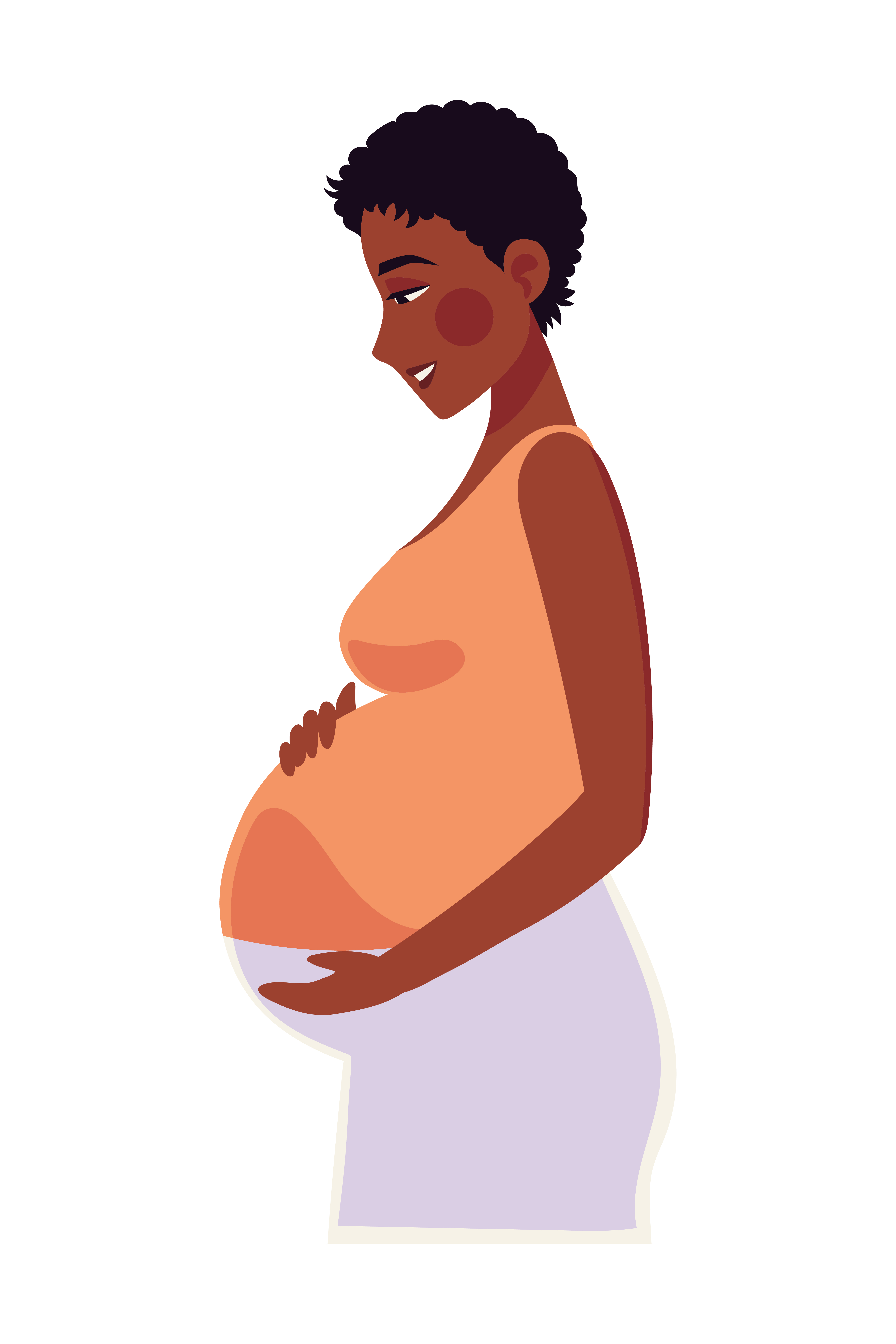Every year, thousands of women lose their lives to complications during childbirth that could be prevented with timely care. Among these, postpartum haemorrhage stands out as one of the most dangerous and urgent threats to maternal survival.
The World Health Organization reports that postpartum haemorrhage, or PPH, accounts for more than 20 percent of all maternal deaths worldwide. This means one in every five women who die while giving birth succumbs to excessive bleeding. The condition is most common in low- and middle-income countries, where access to skilled care and emergency treatment remains limited.
In its latest 2023 recommendations, the WHO defines postpartum haemorrhage as blood loss of 500 millilitres or more within 24 hours after birth, but it now stresses that health workers should take immediate action once blood loss reaches 300 millilitres or if the woman shows signs of shock. This shift recognises that waiting for the bleeding to become severe can cost valuable time and lives.
According to the Kenya Demographic and Health Survey and Ministry of Health data, PPH remains one of the leading causes of maternal deaths nationally. Despite progress in improving skilled birth attendance and emergency care, many facilities still face challenges such as blood shortages, slow referrals, and inconsistent use of updated treatment protocols.
Professor Moses Obimbo Madadi, the Secretary of Kenya Obstetrical and Gynaecological Society (KOGS) and the Project Lead at the PPH Foundation, explains that postpartum haemorrhage occurs when the uterus fails to contract properly after delivery. “Under normal circumstances, the uterus tightens after the baby and placenta are delivered, compressing blood vessels to stop bleeding,” he says. “If these contractions are weak or fail, a woman can lose a dangerous amount of blood in minutes.”
There are two main types of PPH. Primary postpartum haemorrhage occurs within 24 hours of birth, while secondary PPH can appear from 24 hours to 12 weeks after delivery. Though less common, the latter can be equally fatal if unnoticed.
Dr Frederick Kireki Omanwa, Consultant Obstetrician and Gynaecologist and President of the Kenya Obstetrical and Gynaecological Society, notes that most PPH deaths are preventable with rapid, coordinated action. “Bleeding after birth is an emergency, not a wait-and-see situation,” he says. “If health workers identify it early, act fast, and have the right tools, nearly every case can be managed successfully.”
The 2023 WHO guidelines now promote a bundle approach for PPH management. Instead of applying treatments one by one, clinicians are encouraged to use a combination of proven interventions simultaneously. These include administering uterotonic drugs such as oxytocin, performing uterine massage, applying tranexamic acid within three hours of birth, and using intravenous fluids or blood transfusion when necessary. In severe cases, mechanical methods such as a uterine balloon tamponade can help control bleeding before surgery is considered.
Equally important, WHO now recommends objective measurement of blood loss using calibrated drapes or collection devices, instead of relying on visual estimation. This helps providers detect haemorrhage earlier and act before the mother’s condition deteriorates.
Professor Obimbo emphasises that preparedness is as critical as treatment. “Every facility conducting deliveries must have trained staff, emergency kits, and a clear protocol that guides what to do the moment bleeding begins,” he says. “Time is life when it comes to postpartum haemorrhage.”
The World Health Organization has also launched a Roadmap to Combat Postpartum Haemorrhage 2023–2030, calling on countries to strengthen health systems, invest in research and innovation, and improve the availability of lifesaving medicines and devices. For Kenya, this aligns closely with the Ministry of Health’s ongoing maternal health initiatives and the work of organisations such as the PPH Foundation, which advocates for stronger frontline response and public awareness.
Postpartum haemorrhage not only takes lives but also devastates families emotionally and economically. Experts agree that eliminating preventable maternal deaths is achievable if health systems adopt these updated global standards, equip their teams, and act without delay.
Every woman deserves a safe childbirth experience, and no mother should die from bleeding that can be stopped.
Sources
- World Health Organization, WHO Recommendations on the Assessment of Postpartum Blood Loss and Use of a Treatment Bundle for Postpartum Haemorrhage, 2023
- World Health Organization, A Roadmap to Combat Postpartum Haemorrhage Between 2023 and 2030
- Kenya Ministry of Health, Annual Reproductive, Maternal, Newborn, Child and Adolescent Health Report, 2022
- Kenya National Bureau of Statistics, Kenya Demographic and Health Survey, 2023
- Kenya Obstetrical and Gynaecological Society, 2024 Updates on Maternal Health Practices

